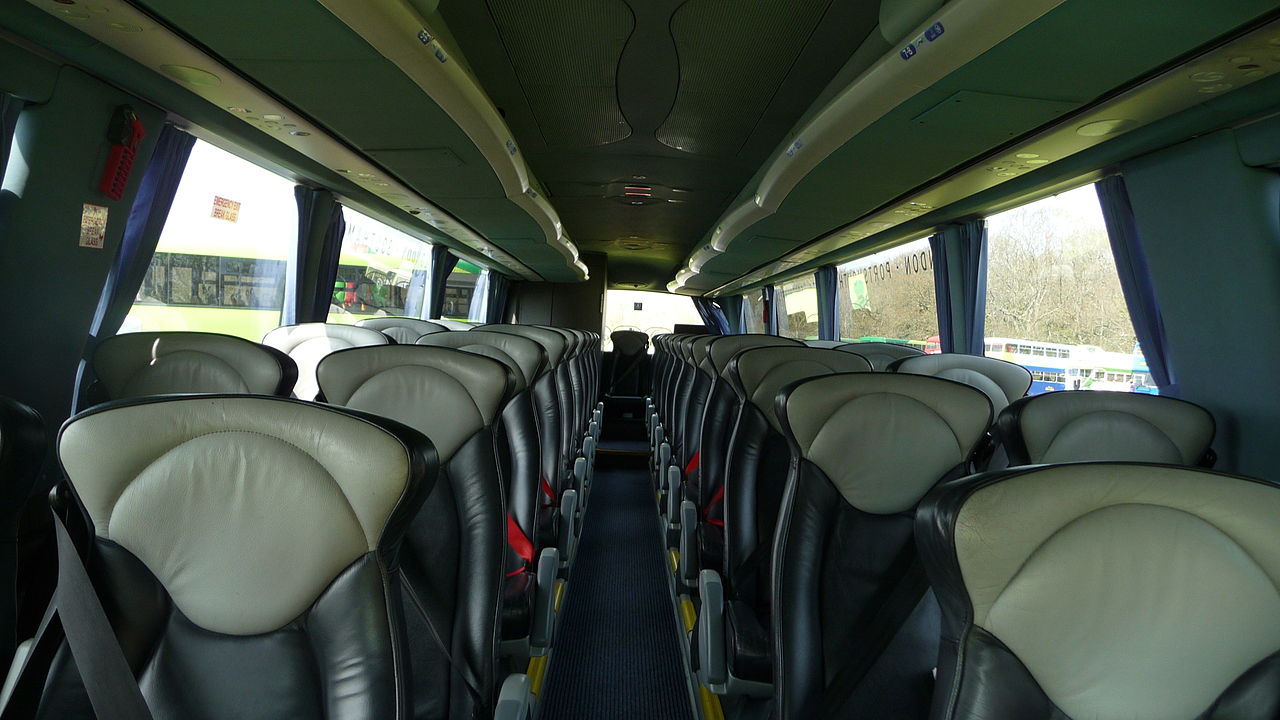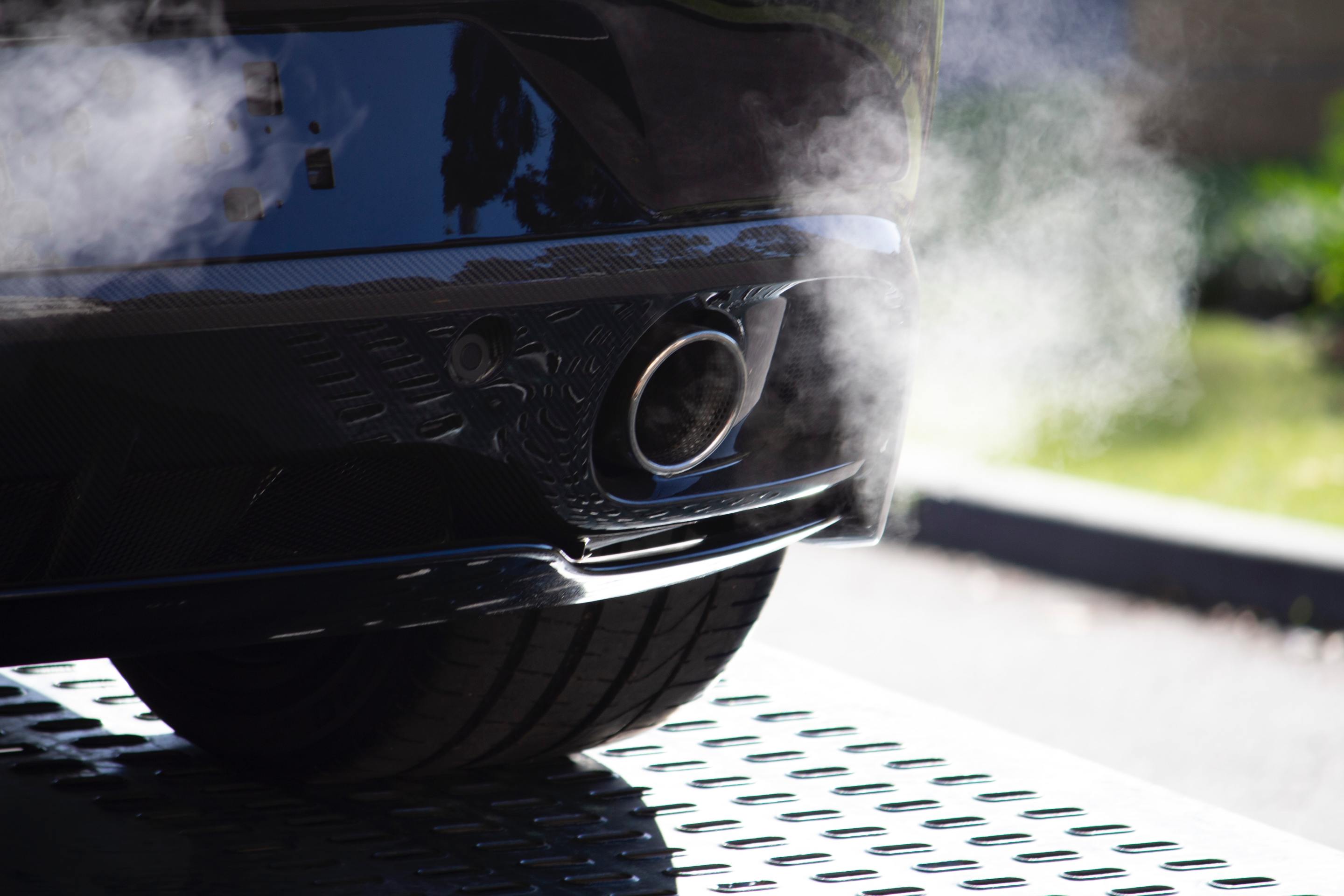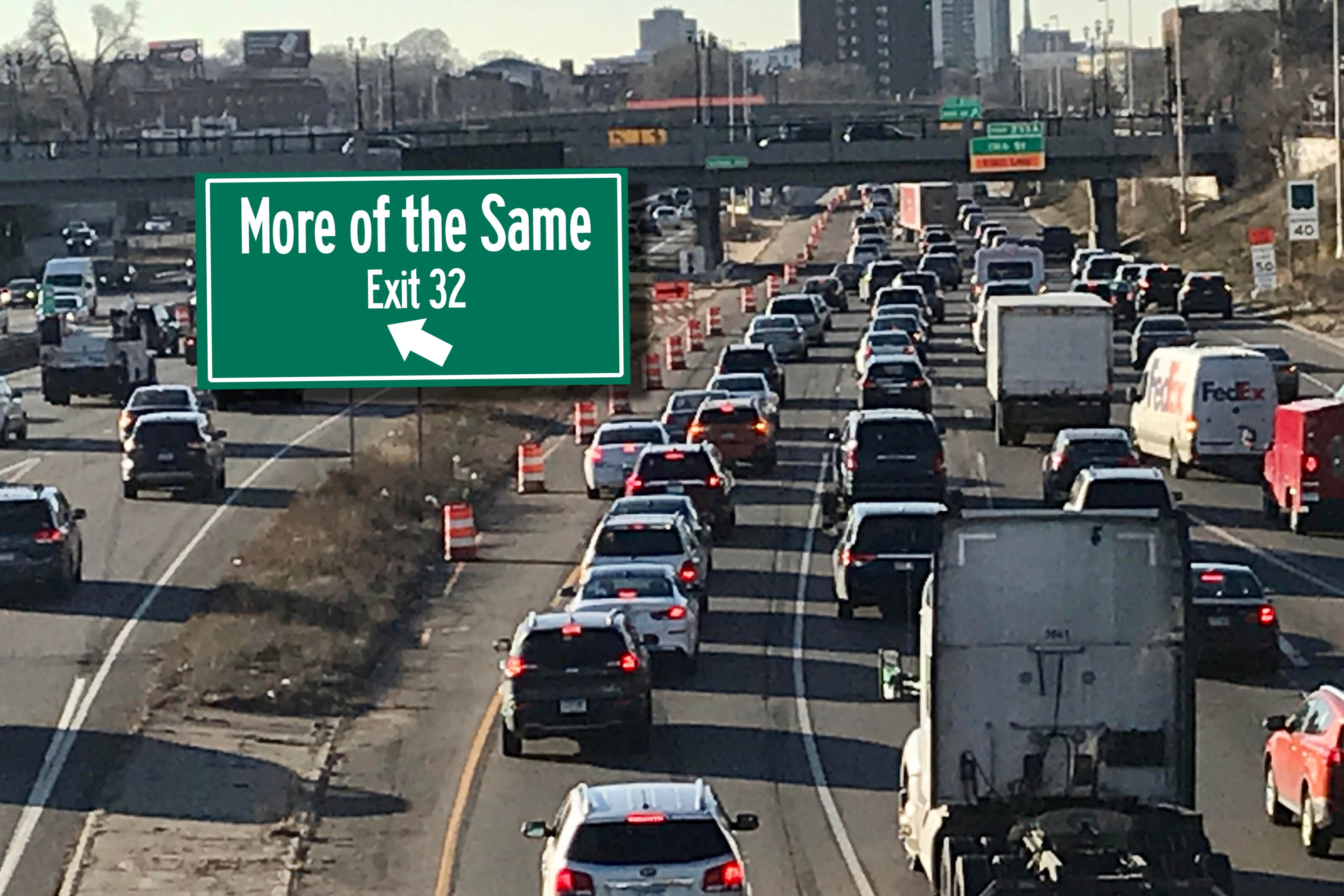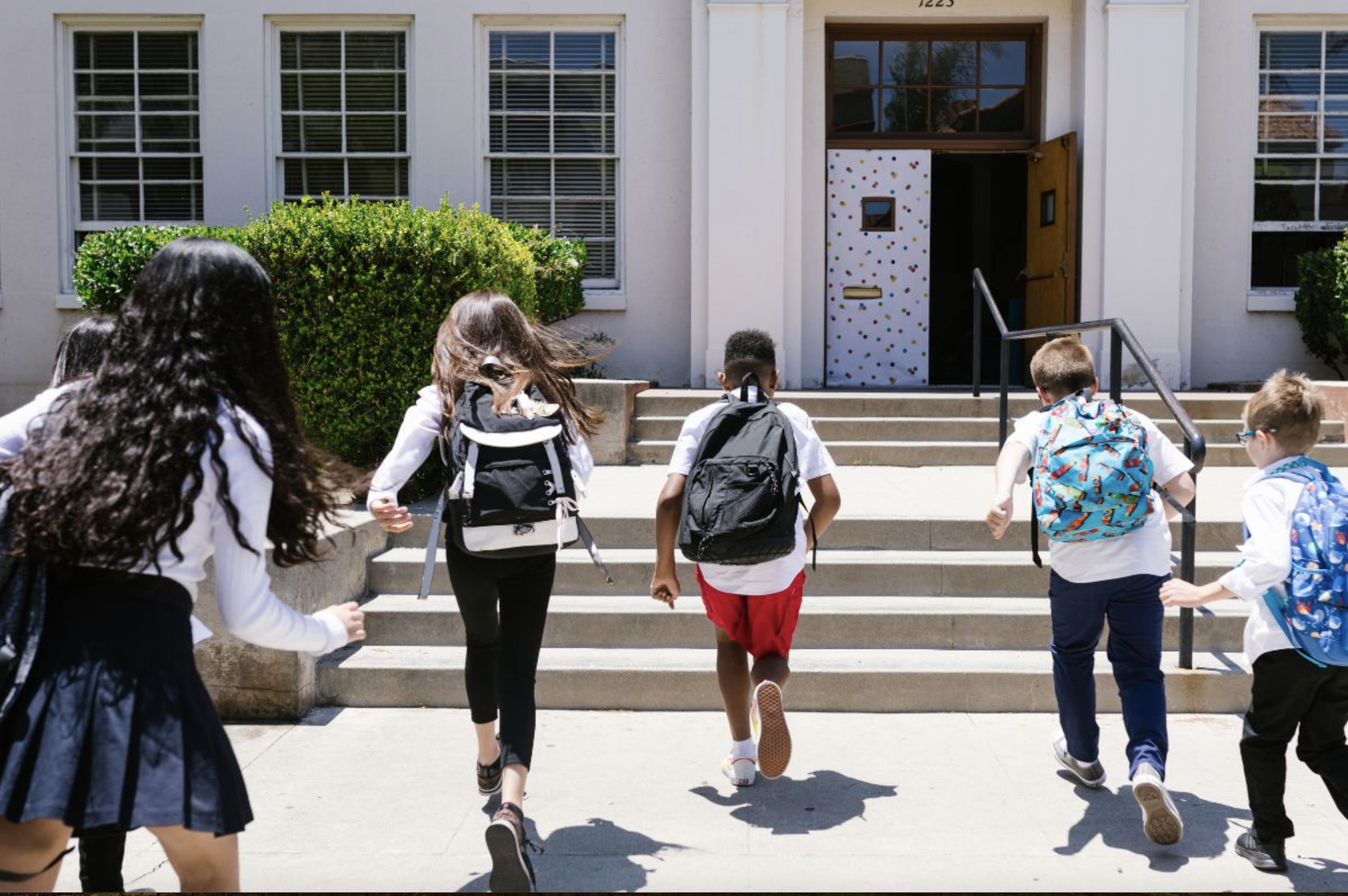Intercity buses may be uniquely well-positioned among shared modes to weather the challenges of the Trump administration, a new report suggests — and states are stepping up to support the often-overlooked mode and lure new riders on board.
Researchers at DePaul University analyzed more than 60 routes to make the bold prediction that intercity bus ridership will grow by 4 percent in 2025, outpacing projected growth in both domestic auto and air travel by more than 1 percent.
That seemingly optimistic forecast was dampened somewhat by the reality that long-haul bus carriers are still recovering from the early days of the pandemic, which brought a plunge in passengers alongside a driver shortage that devastated many routes — and the report authors stress that the bounce-back has been "distressingly uneven." Still, lead author and transportation professor Joseph Schwieterman says that the bounce-back might be only the beginning of a lasting climb, especially if the new White House administration's blows to aviation safety and rail continue to weaken other intercity modes by comparison.
"The industry is still making up for lost time, and it's been a rough road winning riders back, because they're creatures of habit; they had to reacquaint themselves with bus travel," added Schwieterman, who also directs DePaul's Chaddick Intstitute. "But there is something really exciting happening on major routes that makes the product better, and that's certain to win new riders [next year]."
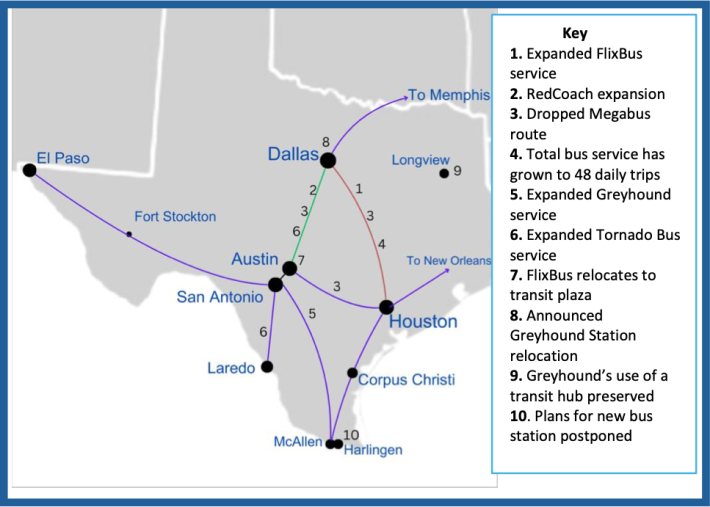
Schweiterman explained that bus travel is exploding across the Sun Belt between Florida and Southern California, where frequency has increased and ridership has surged — particularly among immigrant communities from Latin American countries, where long-distance bus travel has been a long-standing transportation option. "Hispanic-oriented carriers" like Tornado bus, which offers bilingual customer service and frequent routes between the U.S. and Mexico, are growing particularly quickly, though Schweiterman says it gets "virtually no attention" from media or policymakers.
Another promising trend the researchers observed was how quickly bus carriers moved to "fill the void" left by Megabus — which went bankrupt last June — especially on major routes like Boston to New York, where bus companies are running 20 percent more service today than they were a year ago. Even beleaguered Greyhound got a boost in 2024 when parent company Flixbus bought 60 new vehicles for its fleet, investing heavily in reviving and expanding a brand that for decades was all but synonymous with long distance bus travel.
Notably, very little of the bus industry's growth last year happened with any federal support, of which carriers historically receive almost none apart from a small program aimed at expanding service to non-urbanized eras. The silver lining, though, is that long-distance buses today are far less vulnerable to any pullbacks in federal funding that could threaten other shared modes — even as he acknowledges that Trump's threatened tariffs could impact the industry's supply of new buses, and eventually, their service.
Meanwhile, some states are even taking matters into their own hands. Colorado, Oregon, and Virginia have all helped stand up state-supported interregional bus services, attracting new riders "who might be reluctant to step on your typical Greyhound," Schwieterman said. Some of those services have posted ridership jumps of a staggering 25 percent.
"There is some federal funding, but it's limited, and there's no sign that the fiscal cliff that could devastate transit is going to be as severe for publicly-supported intercity bus routes," he added. "I don't think we would have made our prediction quite so bold if [intercity bus support] were likely to get cut the same way we're hearing about with transit; no state seems to have gotten cold feet about their investments in intercity bus, and that's quite encouraging."
Even if communities stop short of operating their own interregional service, Schwieterman emphasized that there's always more they can do to boost the rise of the intercity bus, including partnering with carriers to open up suitable intracity transit stations to waiting passengers — especially as carriers like Greyhound divest from owning stations of their own.
"It's not a perfect solution; a lot of these [transit stations] don't have big indoor waiting rooms and power outlets and other things you want in a long-distance bus station," he acknowledged. "But it's certainly better than being out on a curb."
If nothing else, Schwieterman encourages advocates for shared modes and the leaders who represent them to pay more attention to intercity buses, which could become a bigger part of our transportation landscape soon.
"Intercity bus travel industry gets systematically overlooked, both in mainstream media and in transportation publications," he added. "People take it for granted; there's probably 20 times the coverage on passenger rail as there is on intercity bus. ... [But now], the industry is experiencing a nice tailwind."
